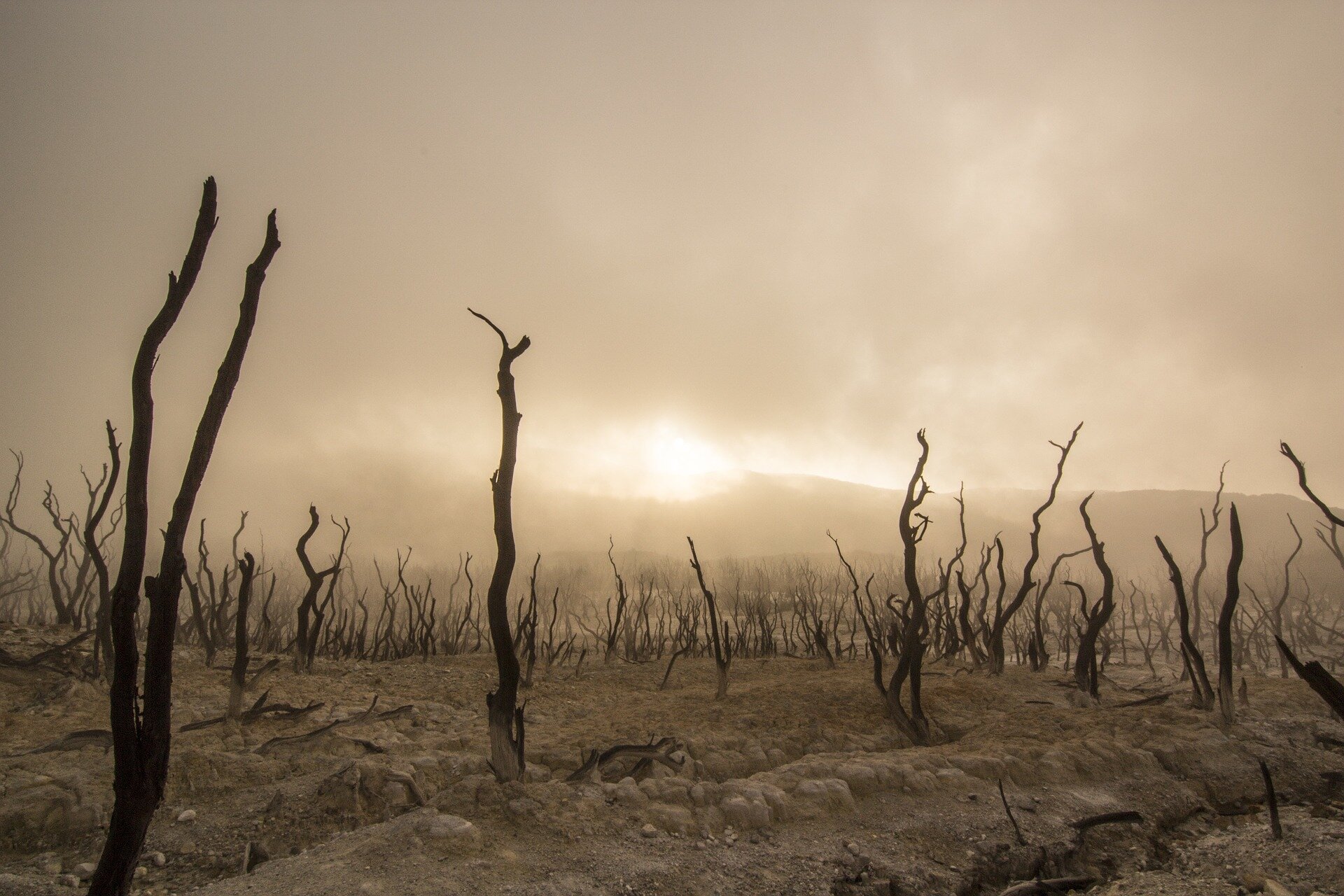
Exceeding tipping points in the climate system could lead to a measurable increase in the economic impacts of climate change, according to a new paper published in the journal Proceedings of the National Academy of Sciences.
Researchers from the London School of Economics and Political Science, University of Delaware and New York University have created a new model to estimate the economic impacts of climate tipping points, such as disintegration of the Greenland Ice Sheet.
The paper on ‘Economic impacts of tipping points in the climate system’ was written by Simon Dietz (London School of Economics and Political Science), James Rising (University of Delaware), Thomas Stoerk (London School of Economics and Political Science), and Gernot Wagner (New York University).
In the authors’ main scenario, the risks of these tipping points occurring increases the economic cost of damages we can expect from climate change by about 25 per cent compared with previous projections.
However, the authors stress that the results for their main scenario could be conservative, and that tipping points could increase the risks of much greater damages. Their study finds that there is a 10 per cent chance of the tipping points at least doubling the costs of climate change impacts, and a 5 per cent chance of them tripling costs.
The authors considered eight tipping points that have been described in the scientific literature:
- Thawing of permafrost, leading to carbon feedback resulting in additional carbon dioxide and methane emissions, which flow back into the carbon dioxide and methane cycles.
- Dissociation of ocean methane hydrates, resulting in additional methane emissions, which flow back into the methane cycle.
- Arctic sea ice loss (also known as ‘the surface albedo feedback’), resulting in changes in radiative forcing, which directly affects warming.
- Dieback of the Amazon rainforest, releasing carbon dioxide, which flows back into the carbon dioxide cycle.
- Disintegration of the Greenland Ice Sheet, increasing sea-level rise.
- Disintegration of the West Antarctic Ice Sheet, increasing sea-level rise.
- Slowdown of the Atlantic Meridional Overturning Circulation, modulating the relationship between global mean surface temperature and national mean surface temperature.
- Variability of the Indian summer monsoon, directly affecting GDP per capita in India.
The study found that economic losses associated with the tipping points would occur almost everywhere in the world. The dissociation of ocean methane hydrates and thawing permafrost would create the largest economic impacts.
The model includes national-level climate damages from rising temperatures and sea levels for 180 countries.
The authors emphasise that their estimate of the impacts are probably underestimates, but their model can be updated as more information about tipping points is discovered.
Professor Simon Dietz at the Department of Geography and Environment and the Grantham Research Institute on Climate Change and the Environment at the London School of Economics and Political Science, said “Climate scientists have long emphasised the importance of climate tipping points like thawing permafrost, ice sheet disintegration, and changes in atmospheric circulation. Yet, save for a few fragmented studies, climate economics has either ignored them, or represented them in highly stylised ways. We provide unified estimates of the economic impacts of all eight climate tipping points covered in the economic literature so far.”

